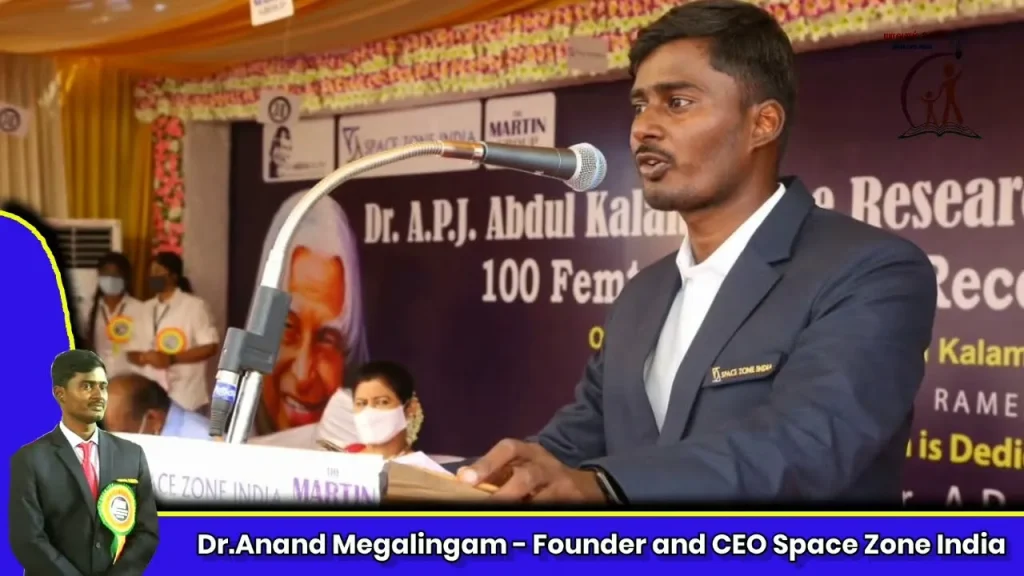India has made a significant advancement in space technology with the launch of RHUMI-1, the country’s first reusable hybrid rocket. The successful launch, held in Thiruvidandhai, Tamil Nadu, marked a major milestone for Space Zone India and its founder, Dr. Anand Megalingam.

A Mission to Combat Climate Change
RHUMI-1 wasn’t just about space exploration; it was built with a purpose—to help fight climate change. The rocket carried three cube satellites and 50 PICO satellites, tasked with collecting vital data on cosmic radiation, UV radiation, and air quality. This information will aid in understanding atmospheric conditions and advancing climate research.

“The data we collect will lay the foundation for impactful climate action,” Dr. Megalingam stated, emphasizing the role of space technology in addressing global warming.
The Power of Innovation: RHUMI-1’s Hybrid Propulsion System
RHUMI-1’s unique hybrid propulsion system—combining solid fuel and liquid oxidizer—makes it both efficient and reusable. This innovation is a crucial step toward sustainable space missions, helping reduce costs and environmental impact.
Dr. Anand Megalingam’s Journey: From Struggles to Success
Dr. Megalingam’s journey to success is a testament to resilience. Born to a truck driver and a homemaker in Tamil Nadu, he faced early academic struggles, even failing his first semester in engineering. However, his passion for aeronautical engineering led him to excel in various competitions, eventually founding Space Zone India.

Despite financial challenges, Anand remained determined, motivated by his father’s sacrifices. Today, Space Zone India is valued at ₹800 crore and has gained support from ISRO, the Indian government, and corporate sponsors.
Overcoming Challenges to Build RHUMI-1
The road to creating RHUMI-1 was not without obstacles. Anand and his team began work on the rocket in January 2023, under pressure to meet tight deadlines and limited budgets. Early prototypes failed, but the team persevered, refining their designs.
“Building RHUMI-1 was about teamwork and learning from failures,” said Dr. Megalingam. Regulatory hurdles also delayed the project, requiring approvals from various authorities. These clearances came just one week before the launch.
The Tense Moments of Launch Day

Launch day was filled with anticipation. Over 8,000 people gathered to witness the event, and Dr. Megalingam experienced a tense four-second delay before the rocket took off. “Those four seconds were the longest of my life,” he recalled. However, the rocket launched successfully, reaching suborbital space and deploying its payload.
Inspiring Future Generations
RHUMI-1’s success is more than a technological achievement; it is a symbol of inspiration for young Indians. Through Space Zone India, Dr. Megalingam hopes to inspire the next generation to pursue space exploration and environmental research.
“Our goal is to build a future where young minds can dream big and achieve the impossible,” he said. With RHUMI-1, India’s space journey has taken a giant leap forward, and the future looks brighter than ever.
